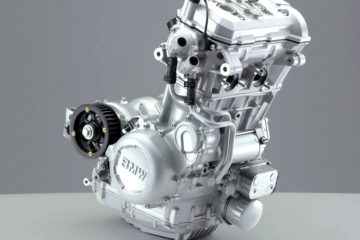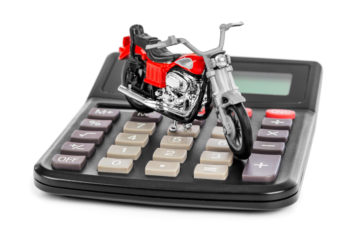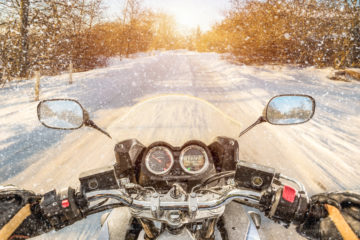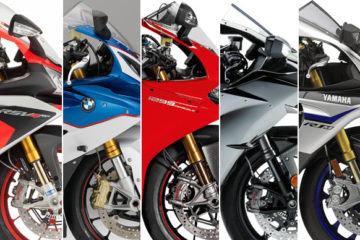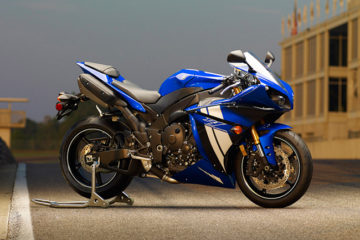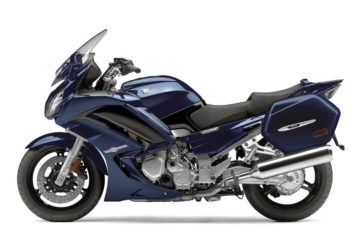A Guide to Motor cycle and Motor Insurance
You might be purchasing clothes or shopping for motor cycle insurance; whatever, the case, at all times you desire to get your money’s worth. Therefore, what is the secret of obtaining dependable and reasonably priced motor cycle insurance?
How to Shop for Motor Insurance
For the most ideal transaction, shop around. Obtain numerous motor cycle insurance quotes from varied insurance firms prior to you purchasing or renewing your policy. Insurance firms are different; therefore, you can obtain a better transaction elsewhere.
Avoid being scares of changing. You can change insurance firms any time you desire; even at the middle of your motor cycle insurance policy period. If you get an improved rate, change and save.
Three kinds of motor cycle insurance exist:
- Third party, that caters for your legal liability in case you destroy another individual’s physical belongings such as (walls, motor cycles, gates, etc.) because of a driving accident.
- Third Party, Fire and Theft, presents third party cover and includes a couple of helpful sections of cover – fire damage to your vehicle and theft, as well as destruction caused by stealing or attempted stealing.
- A totally comprehensive policy is inclusive of Third Party, Fire and Theft and shall additionally pay for destruction to your personal motor cycle in case of an accident. A lot of perks are available also; for instance, it shall also offer you cover when you drive vehicles belonging to other individuals. This is helpful if you borrow another person’s vehicle and you are not covered by their insurance.
The elements below have an impact on the payment you submit for your premiums
- Your work
- Your age
- Your driving record
The vehicle you drive: The more expensive the motor cycle, the higher the premium. Motor cycles of top performance are also more costly to insure, compared to their stock standard counterparts. An insurance premium for a Toyota may be different than the price of insuring a Harley Davidson.
Vehicle Location: You shall pay extra if you keep the vehicle in a location where crime is rife or park it at night on the street.
Purpose you utilize the motor cycle for: You will pay extra, for instance if you intend to utilize the motor cycle for business delivery intents.
The excess set-up you select: The more the excess, the less the premiums.
Satellite Tracking and Gear Locks: Shall assist to lower your premiums.
In case you are purchasing another vehicle, do not overlook to shop around for insurance!
For someone who is purchasing a vehicle for the first time, the procedure can be a hard decision. A lot of purchasers do not know that they should have insurance prior to driving their latest vehicle from the showroom floor. The financial institutions offering the funds for the purchase shall be adamant about this so as to facilitate the safety of their latest asset.
Do not simply give in to the initial offer presented to you; obtain a minimum of 3 quotes prior to reaching a decision. ‘A lot of finance institutions or banks are associated with an insurance firm or brokerage company. So, new purchasers might experience pressure to obtain insurance cover via the supplier the bank prefers.’
It is vital to be aware that it is not possible to implement this and the client is the one who should decide. This makes it necessary to shop around for quotes that are competitive to make sure you are presented with the most ideal transaction; in regard to cover as well as cost.
‘This is mandatory for youthful drivers, since they are regularly fined for their age and absence of driving experience, leading to increased premiums and excesses.’
Cash purchases are not excluded from the requirement of insuring their latest motor cycle. Hijackings and thefts remain a reality and the increasing number of vehicles on the road places all drivers at increased danger of getting into an accident.
Selecting an insurance product which is appropriate in regard to value adds, budget and excess to be paid is a meticulous decision. With the correct advice, it can be made logically and safely.
A lot of youthful, first-time purchasers discover that buying insurance via a direct insurer is in reality, an easy procedure.
It is possible for them to attain a customized insurance solution which meets their particular requirements. Using direct insurance, extra charges are not paid by clients to obtain what they require.
Any driver on the verge of going to buy a new motor cycle would be advised to think of the direct insurance advantages, which entail saving time and cost.
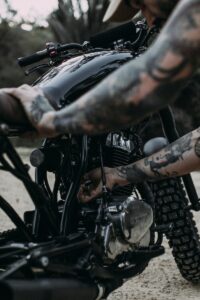 enance task that can be done with basic tools and a new set of spark plugs.
enance task that can be done with basic tools and a new set of spark plugs.
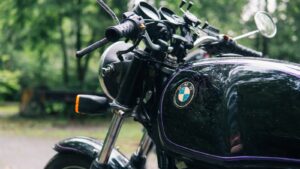
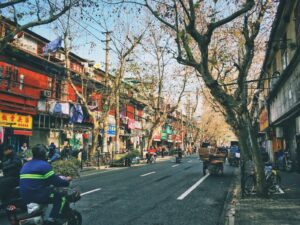 There are several major motorcycle brands based in China, including:
There are several major motorcycle brands based in China, including: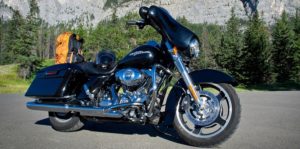 While Whistler and the mountains are often the main focus for many who take a road trip in Canada, the western shoreline is undoubtedly rising in popularity all the time. Of course, Vancouver is central to this popularity for a good reason and makes the perfect start or end point for a travel itinerary. However, the scenery and places to visit along the west are best evidenced on the incredible West Coast Trail which travels for 75km along the coastline. Although you will not take to this trail in the car, taking a road trip along this region is an easy way to check out some of the most scenic locations without having to trek for days between them.
While Whistler and the mountains are often the main focus for many who take a road trip in Canada, the western shoreline is undoubtedly rising in popularity all the time. Of course, Vancouver is central to this popularity for a good reason and makes the perfect start or end point for a travel itinerary. However, the scenery and places to visit along the west are best evidenced on the incredible West Coast Trail which travels for 75km along the coastline. Although you will not take to this trail in the car, taking a road trip along this region is an easy way to check out some of the most scenic locations without having to trek for days between them.